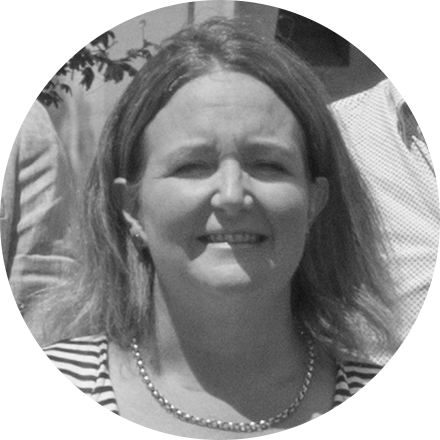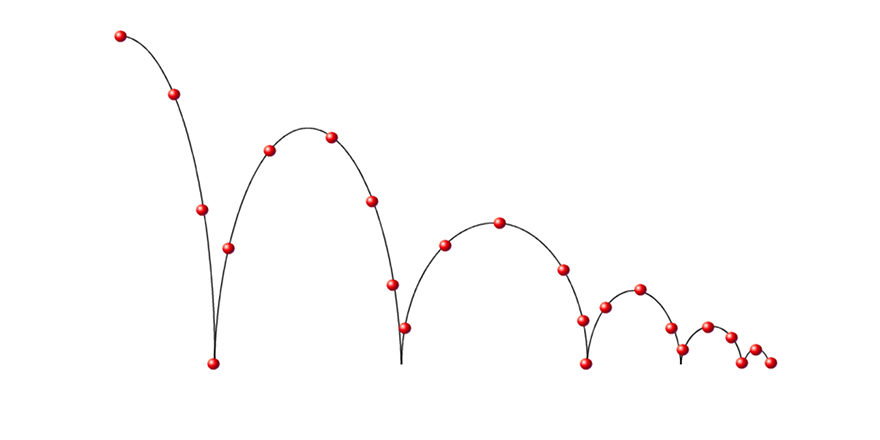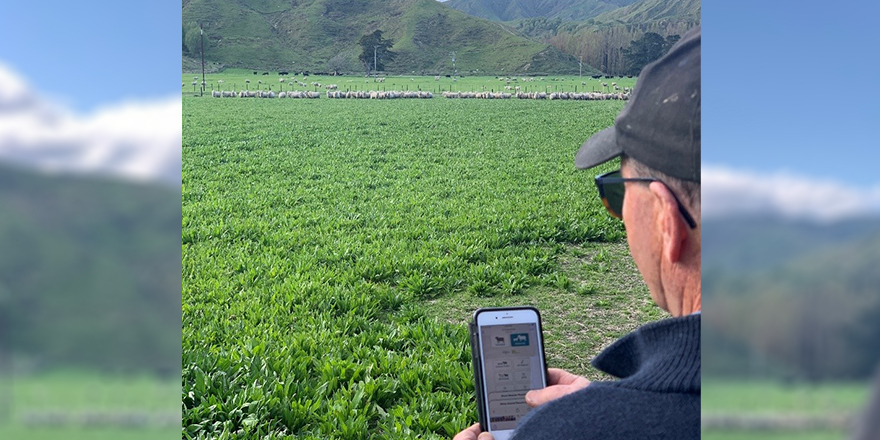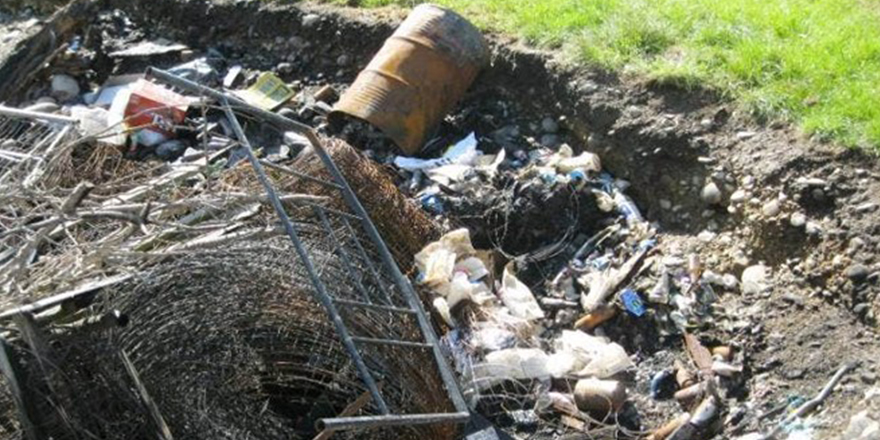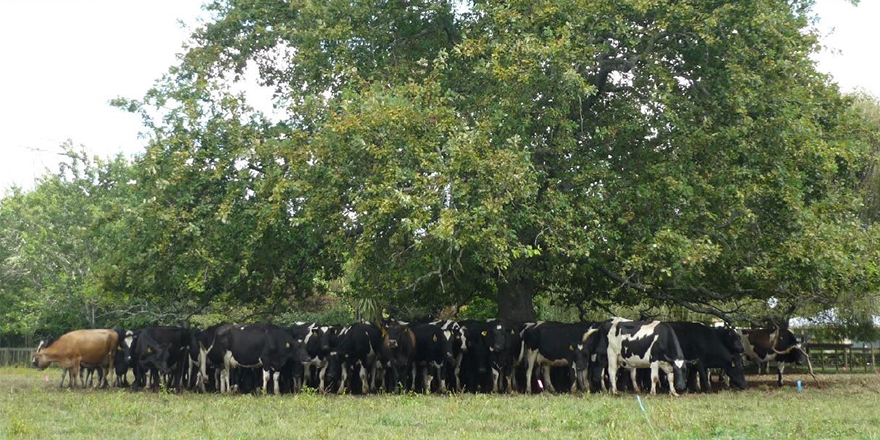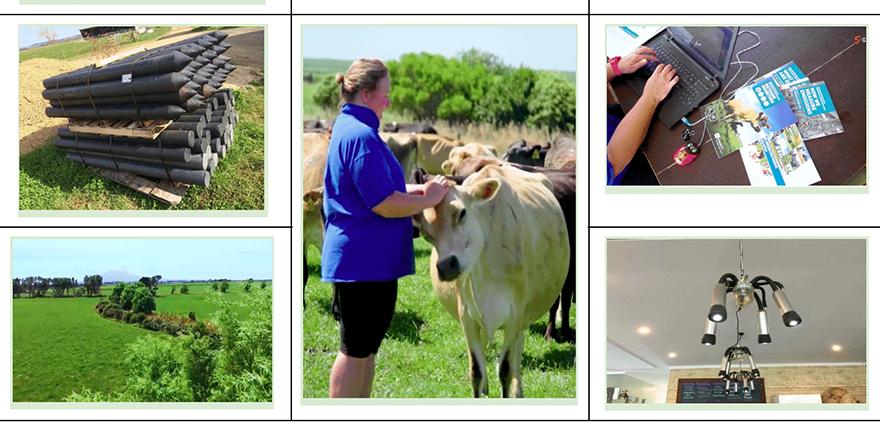
Executive Summary
Doing better with my farm waste was the initial driver for this Kellogg project. I did not like the amount of rubbish I produced, set out to find out more about what I produced and the options I had to do better.
Conducting farmer surveys, a Farmsource workshop, interviews, research, discussions with local councils and chats with rural professionals provided a picture for me about my waste.
I discovered we are in a ‘Linear’- take, make and dispose economy. A system where we take from natural resources to make items we need and then often just throwaway the end by-products.
There is another option. Where I could reduce my waste but also strive towards a “circular economy”. Where we;
- Regenerate natural systems
- Design out waste and pollution
- Keep products and materials in use
During the research, I have discovered options for good practice around waste management. We have the ability to return and recycle many items used on farm that create bulk waste like containers, silage wrap and plastics. However, just less than half of the farmers surveyed used recycling or returning as a way of dealing with waste.
What is not evident that is happening in our sector yet, is the movement towards the circular economy. A goal around the world and with our own Ministry for the Environment on how their countries should or plan to evolve.
However, even bigger than moving to a circular economy is the opportunity to really know ‘our’ numbers in regards to our farming system. Can ‘us – the farmer’ doing better with our use of items and striving towards a circular economy, also result in improving our overall farming system? If we buy better, sell better and make better decisions, can we improve and move towards circularity faster with added benefits like a reduction in emissions? If we develop the concept of Life Cycle Assessment on our farms, can that can help us move towards a circular economy?
My recommendations are that;
- Farmers get better educated about the waste hierarchy model with emphasis on the first 4 stages of the 6 stages being reduce/rethink use, keep in use (robust designed to not break/wear out), manufacturer to design out waste or take back waste and reuse/repurpose (stage 5 is to recycle and stage 6 is to dispose e.g. landfill).
- Farmers get better educated about the 6 Rs of waste decision making; Refuse, Reduce, Reuse/Repair, Recycle, Rehome and Rot (or compost).
- Conversations within the industry start to focus on the Ministry for the Environment’s vision to move towards
- The Waste providers better educate their clients (aka farmers throwing rubbish out) about waste and recycling. Tell us the true stories about the ‘why’ we should change our behaviour or use best
- The Waste Minimisation Fund targets innovation in the sector (as the number one contributor to the economy) to help deal with waste solutions and support manufacturers to better design
- Enforce no burning and burying of items. Almost 40% of farmers surveyed still burn or This might possibly affect our social license to farm. Make it part of on farm plans for farmers to acknowledge their rubbish disposal methods to ensure compliance/reflecting best practice within current limitations.
- To turn an agriculture system into a more circular economy we’d need to;
- Identify our own farms equivalent of the “Agrocycle” to identify our
- Use a minimal amount of external inputs (from the Agrocycle diagram this includes fuels, feeds, chemicals, fertilisers etc (everything around the outside of the green centre)
- Close the nutrient (biological and technical) loop.
- Reduce negative discharges to the environment (in the form of wastes and emission).
In addition, there is a real opportunity to put ‘numbers’ on the products we use to help with decision making and The development of more work in Life Cycle Assessment modeling of agriculture use and the production of materials is a big opportunity. This model, “which is a technique to assess environmental impacts associated with all the stages of a product’s life from raw material extraction through materials processing, manufacture, distribution, use, repair and maintenance, and disposal or recycling” could be a game changer for farmers where we assign real numbers to our impacts, can measure these and strive to reduce these.
The overarching theme to improve in each of the recommendations is to Calculate & Educate.
My project title – ‘What a Waste’ ends with me knowing that if farmers don’t get credit for all their numbers and measure the improvement in their behaviours and practices – that would be a waste.
Download and read the full report here
